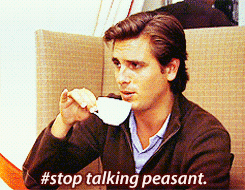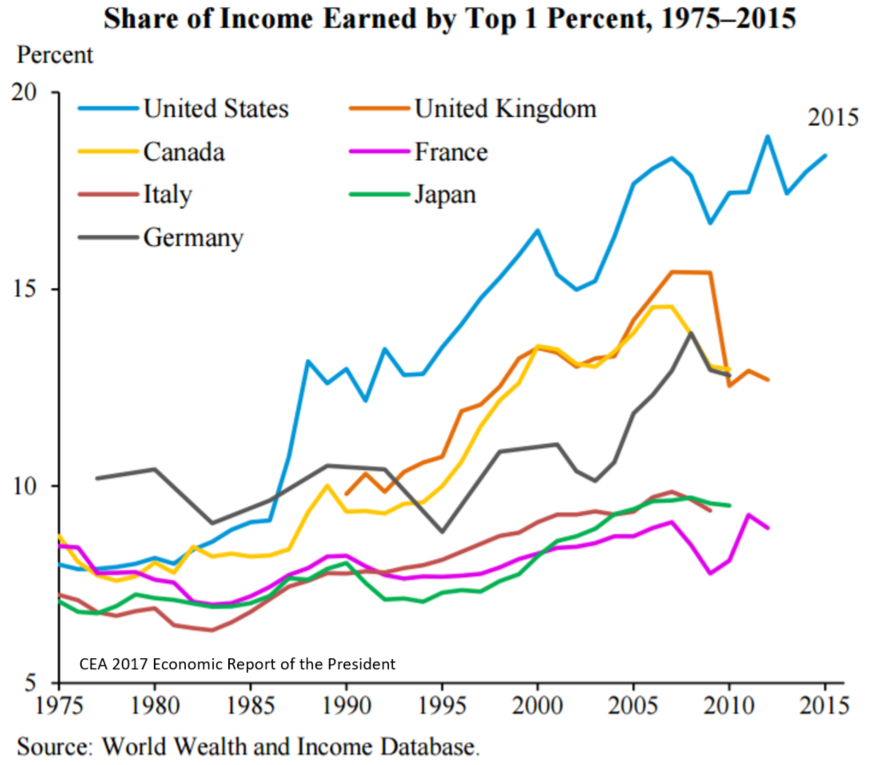If you are reading this blog, chances are that you were born in the later half of the 20th century. (If you are born in the first half of the last century, please forgive my ignorance.) The current events of the 21st century are the product of the actions of those who came before me. The “Greatest Generation,” those who lived through the Great Depression and fought in World War II, established a superpower in world diplomacy, military, and economy. The “Baby Boomers” and Generation X rode the success of that generation in the form of extreme economic prosperity and the growth of a new form of American Success, the middle class. However, that extreme economic prosperity of post-World War-America came to a grinding halt in the 70’s and 80’s. An economic depression caused the rapid progress to falter. Few knew this marked the end of the good ol’ days of American success. The stories of high school dropouts finding factory jobs that paid enough to buy a white picket fenced house became less common. Generation Z, those born in 1995-2010, are growing up in a very different world than our parents lived in. The very foundation of the American Middle Class began to sink and to lose its grip on the American economy. The middle class began to die.

The American Dream has long been associated with the middle class. However, that traditional path of social mobility is falling apart.
Why should you care about the death of the middle-class? Well before the post-World War America and even before the discovery of the New World, society existed as a two distinct and immobile social classes, the rich and the poor. These social structures existed as the result of the wealthy nobility owning the land cultivated by the poor peasantry. As a result of working, in a cycle of constant debt, for the landowners, the poor extremely rarely had the opportunity to experience upward mobility. The labor of the workers generated That two divisions were blended with the creation of a middle ground between them. The middle class, a construct of the industrialization of the United States, allowed for a greater fluidity between the socioeconomic statuses. Essentially, as the middle class of the past became more established it held a greater share of the American economy and therefore held pulled power from the wealthy.

We don’t want this, right?
The current regression of the middle class in the United States started in the 70’s and continues today. The percent of total income used to be 62% belonging to the middle class. However, now we see that only 43% of the total income belongs to the middle, as the wealthy take a greater share of the American economy.The middle class is now shrinking as a result of the upper-class taking larger shares of the total income in the United States. However, it is not to be said that there is anything wrong with the 1% of the United States becoming more wealthy. The problem is they are becoming more wealthy while the bottom 99% are not making those same gains and, in some cases, becoming poorer. This is the reason why the current situation of the middle class is associated with the income inequality distributed throughout the United States.

The middle class is “sinking” despite “trickle down” economic efforts.
How do we fix this problem? The answer to this question is difficult. However, the most direct answer is through education. there must be a greater emphasis on education because of the positive impact it has on a society. That conclusion is buttressed by David Leonhardt, who contends “When a society becomes more educated, many of its less-wealthy citizens quickly acquire an ephemeral but nonetheless crucial form of capital—knowledge—that can bring enormous returns.” Capital is anything, monetary or otherwise, intended for the production of goods or services. Essentially, the capital emphasized in the past dealt with the acquisition of land, through Manifest Destiny, or the accruement of money. Moving into the future, human capital, which focuses on the development of humans in order for progress to continue, is required to continue the rapid advancement of humanity as a whole.
The propagation of knowledge throughout a society allows for greater gains for everyone. Individuals that have a capacity to maximize their critical thinking, talents, attitudes, and behaviors, in order to increase their earning potential, possess the ability to succeed whereas those with only financial capital would fail. In real life, this further reflected through current policies and laws established throughout different nations. Countries that have spent more, both financially and politically, on education see greater returns through increases in average income of their own citizens, who benefit from a higher quality of life. As a result, increasing the accessibility and importance of education will result in a net benefit for the individual despite the initial investment required.

The share of the top 1%, in countries that provide free higher education, is lower than the shares of the top 1% in the United States.
Just a tangent regarding the above graph. This was published in 2017 before the transition in the American government. This was taken from a Wikipedia article on income inequality. I then clicked on the primary source link on Whitehouse.gov. However, after President Donald Trump assumed office the web link is unavailable as of March 14, 2017. It was a report published by the Council of Economic Advisors, here.
In the United States there exists the idea that each citizen has an equal opportunity to succeed. Equal opportunity reduces with the creation of two distinct classes separated by an income gap. The current income inequality disproportionately favors the rich in providing the possibility for success. The result is that the rich are able to have a monopoly on the economy. This generates a cycle of poverty, in which the efforts of those in the lower class will be insufficient to allow for them to climb to the top of society. Education is the solution. Education enables those without the financial capital to close the distance in a society in which the rich are becoming richer and the poor are becoming poorer. Education is the solution to the problem of the dying middle class that my generation has to deal with.

